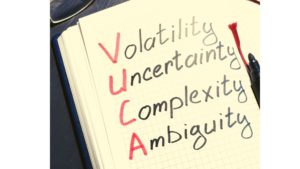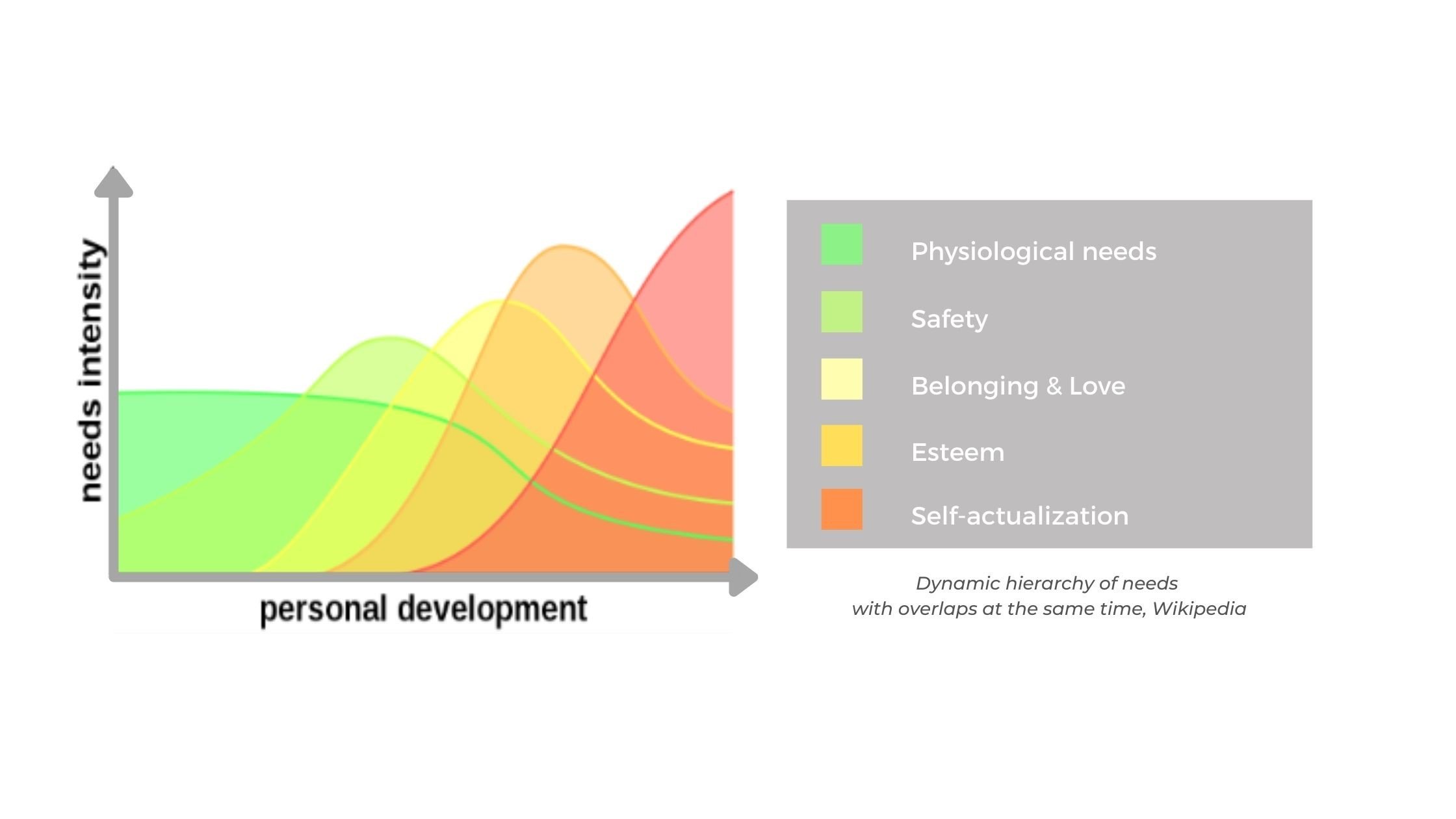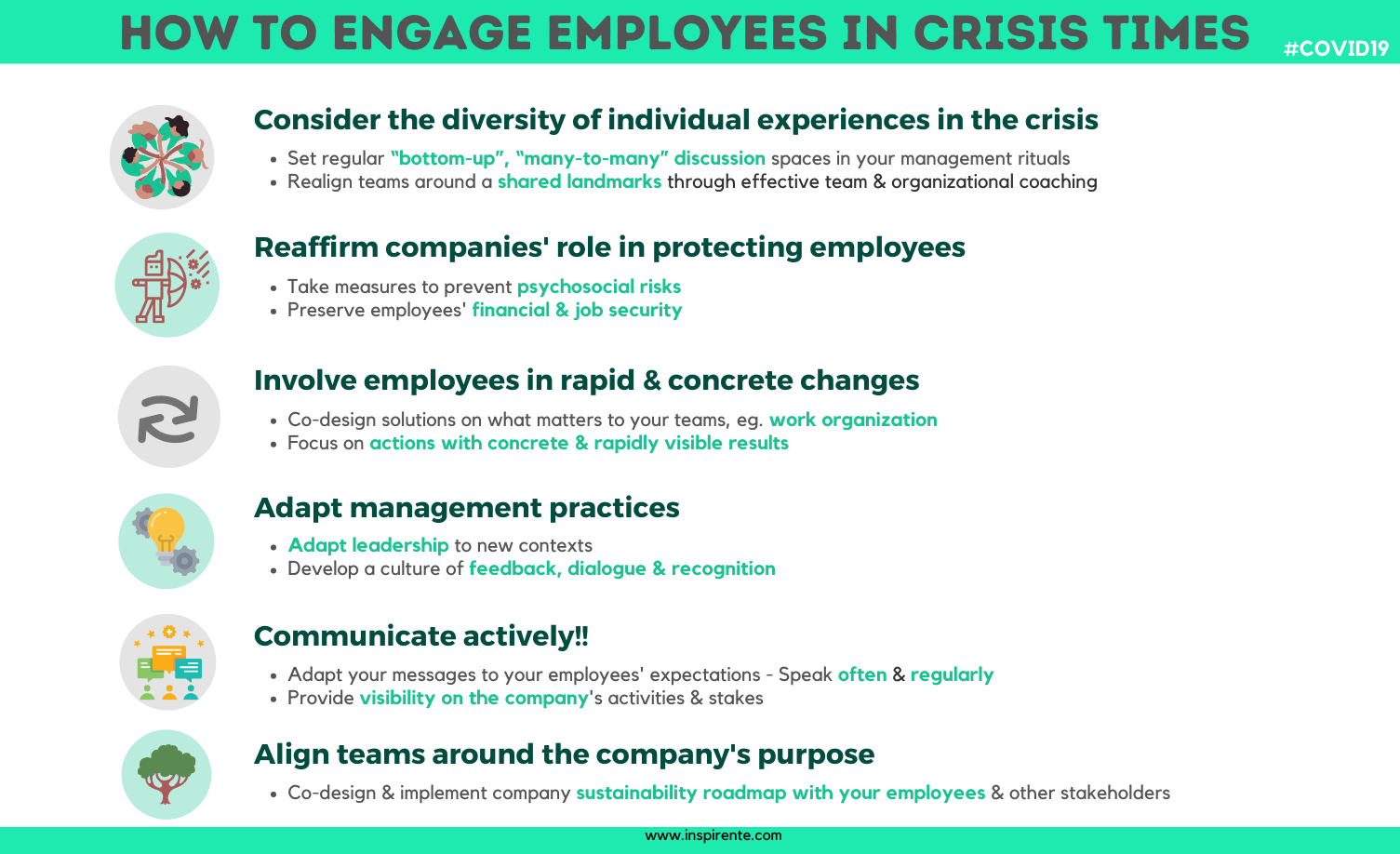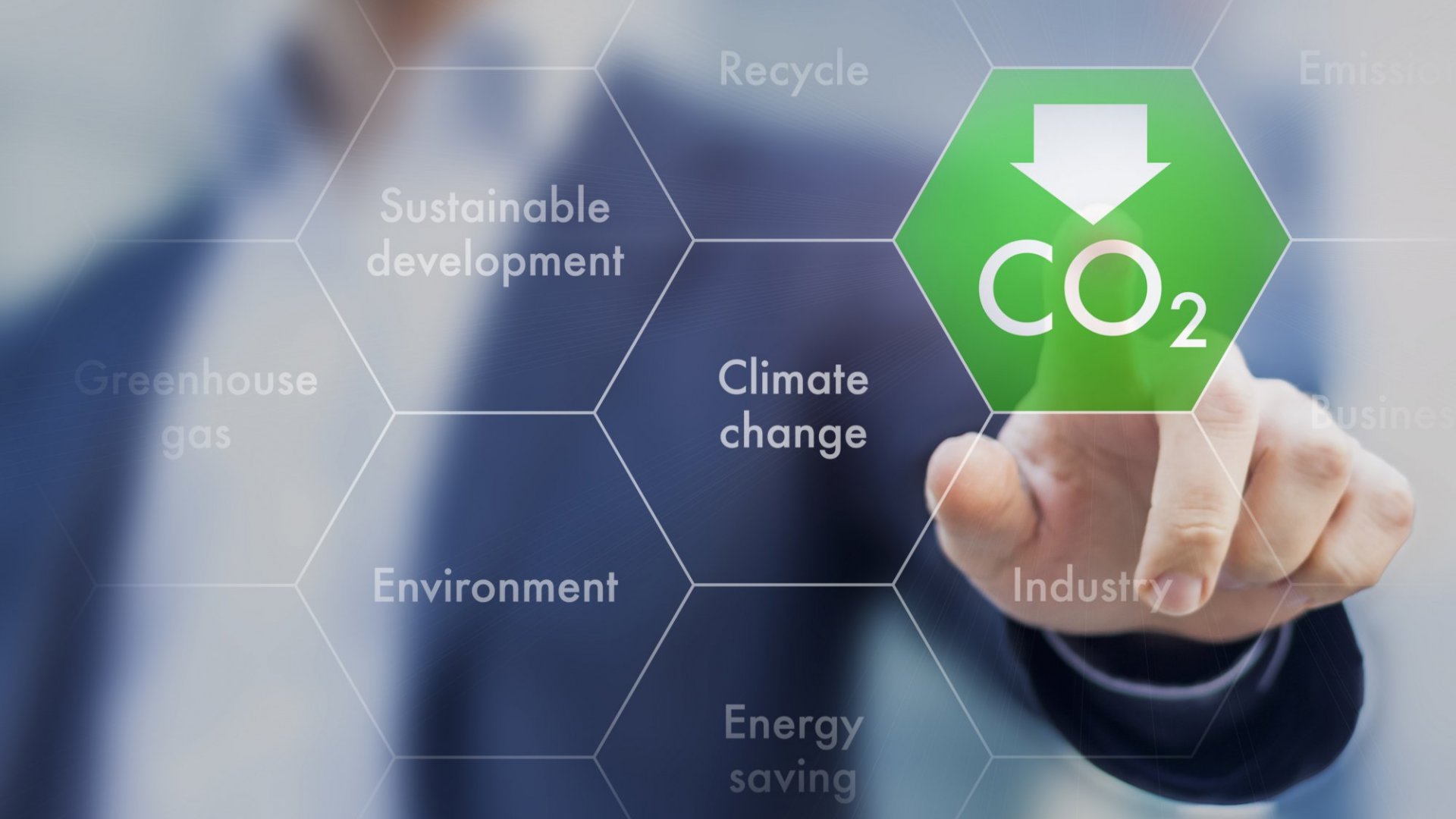Each individual experiences a crisis differently. Our research on COVID19 impact on the employer-employee relationships highlights it. How then mobilize teams if the ones see a crisis as a major source of risks, whereas the others perceive in it a bunch of opportunities? What does it mean for companies and managers when it comes to engage or re-engage employees? Aligning teams around the organization’s purpose is a powerful answer to these questions. But diving back into Maslow hierarchy of motivations beforehand is key to avoid any strategic unconsistency or reputation damage.
 VUCA, first introduced in 1987 by the USA Army War College, referred to a multilateral world turned upside down by the Cold War’s end. Theorized later by management specialists, the concept has been widely developed in all its dimensions: Volatility, Uncertainty, Complexity, Ambiguity. With COVID19, uncertainty prevails in healthcare, economics, society, politics. It settles in our daily reality, while becoming certainty.
VUCA, first introduced in 1987 by the USA Army War College, referred to a multilateral world turned upside down by the Cold War’s end. Theorized later by management specialists, the concept has been widely developed in all its dimensions: Volatility, Uncertainty, Complexity, Ambiguity. With COVID19, uncertainty prevails in healthcare, economics, society, politics. It settles in our daily reality, while becoming certainty.
The crisis has stressed employees’ demand for protection and safety
In normal times, employees expect their company to make every effort to protect their health and secure their jobs and incomes. This is a company’s legal and moral obligation vis-a-vis its employees. In several national laws such as the French one, employers have a duty of «reinforced» means as regards employees’ safety. (The employer must prove it has implemented the necessary measures to preserve its employees’ health and safety). But a crisis like the COVID19 one has further exacerbated such expectations.
Companies that have put the protection of people at the top of their priorities have developed a valuable capital of trust to re-engage their teams. This is one of the results of the survey we conducted in June 2020 via LinkedIn. It is also developed in a McKinsey study on the impact of COVID19 on the “employee experience”.
Similarly, many companies have stepped up their vigilance on psycho-social risks. Even before the pandemic, there was a growing awareness in business about mental health and stress issues among their employees. Remote work during total lockdown resulted in work overload and/or stress and isolation for many people which adds to underlying fears to lose one’s job because of globalization, automation or digitization. We still ignore the extent of COVID19 damage impact on mental health, but it might be the case for a new public health issue. Making time and space for employees to discuss the influence of new organizations of work on their personal well-being and their families’ one may be the next topic for human resources specialists.
The health crisis endangers the belonging and social cohesiveness employees look after in an organization
Working patterns will change over time to a hybrid organization that combines on-site activities and remote work. Social distancing rules, health measures, new mobility constraints or opportunities, technological solutions, demand for more flexibility, etc. Remote work has become part of our professional and personal world, with a banalization of remote working tools (eg. video conferencing, collaborative work applications). But to what extent? Between supporters of “100% remote work » and opponents of its generalization, some voices offer intermediate solutions. Many entrepreneurs and employees want to maintain a “face-to-face” activity. In order to keep the cohesion of social ties and a sense of belonging, they report the risk of “anomie”. They have grasped employees’ expectation towards their company to be a framework for social connectivity.
Employees also want to be involved in the organizational changes impacting their daily work. Our research evidences that employees are willing to participate in the corporate decisions affecting their work conditions (spaces, presence, tools, etc.) and the quality of their working life. They are the ones who are most familiar with the business processes and the first ones impacted by the changes.
Meeting employees’ primary needs, safety and belongingness is a must-do in employees’ (re)engagement. Interestingly enhough, everything happens as if the so-called pyramid of Maslow became again the grid of explanation for our behaviors.
A case for reviving Maslow hierarchy of needs
Maslow’s theory on human needs has been criticized, mainly from an academic viewpoint. Some experts point out that not all people need to satisfy their primary needs to look for esteem or self-actualization. In that sense, the traditional representation of Maslow’s hierarchy of needs via a pyramid may seem confusing.
More relevant is the dynamic illustration which explicitely conveys the complexity of individuals’ motivations. But it still reaffirms basic needs satisfaction as a prior step before optimum personal development.
The company’s purpose is a perfect lever to satisfy employees’ need for self-actualization, in line with the company strategy. It is a perfect lever for employee engagement. But let’s not forget that employees’ basic needs are to be satisfied as well, if not prior to any declamation on purpose or stakeholders’ value.
Otherwise, the reputation damage and mistrust effect might be a high price to pay. See the examples of companies that have announced redundancy plans in the mid of the pandemic to maintain their profitability, while advocating a ‘raison d’être’ for their organization. The Danone case highlights this discordance. In its 2020 Annual General Meeting, Danone became the first listed company to adopt French legal framework of “entreprise à mission”, aiming at pioneering a business model to progress stakeholder value creation. A few months later, the corporation announced the plan to cut up to 2,000 jobs – 2 % of its workforce – as part of a reorganization. Such dissonance generated confusion on the markets and a credibility loss among its stakeholders about the group’s real commitment to common good.
Involving all stakeholders – including employees – in a reflection on the purpose and the contribution to the common good is a sustainable exit strategy from the crisis. But this reflection must come once employees and teams feel protected and reassured by their company about their daily life and their future.
Prior to driving individuals and teams, make sure employees have enough discussion spaces to express their own experience of the crisis, make every effort to secure their jobs and wellbeing, integrate them into concrete and rapidly visible changes that will positively impact them. Communicate actively on the company’ issues and perspectives during the crisis ; employees can understand some information are confidential, but they are able to listen to bad news and positive developments.
These are key steps in (re)engaging your employees. Then build and share the organization’s purpose with them. Employees’ engagement will be part of the success.








